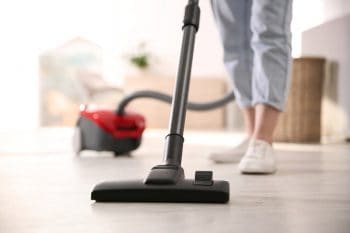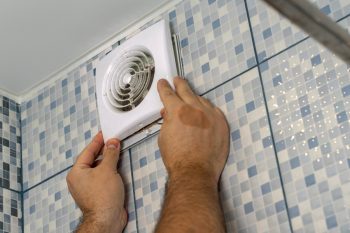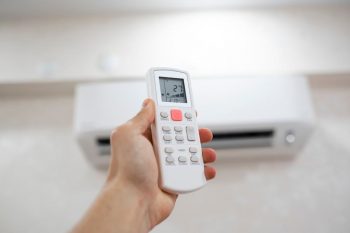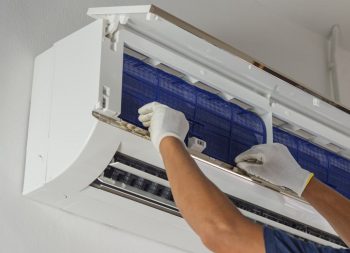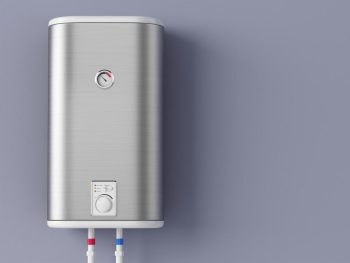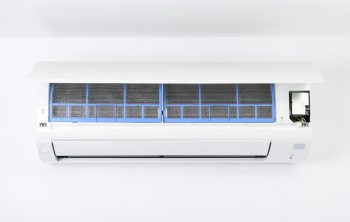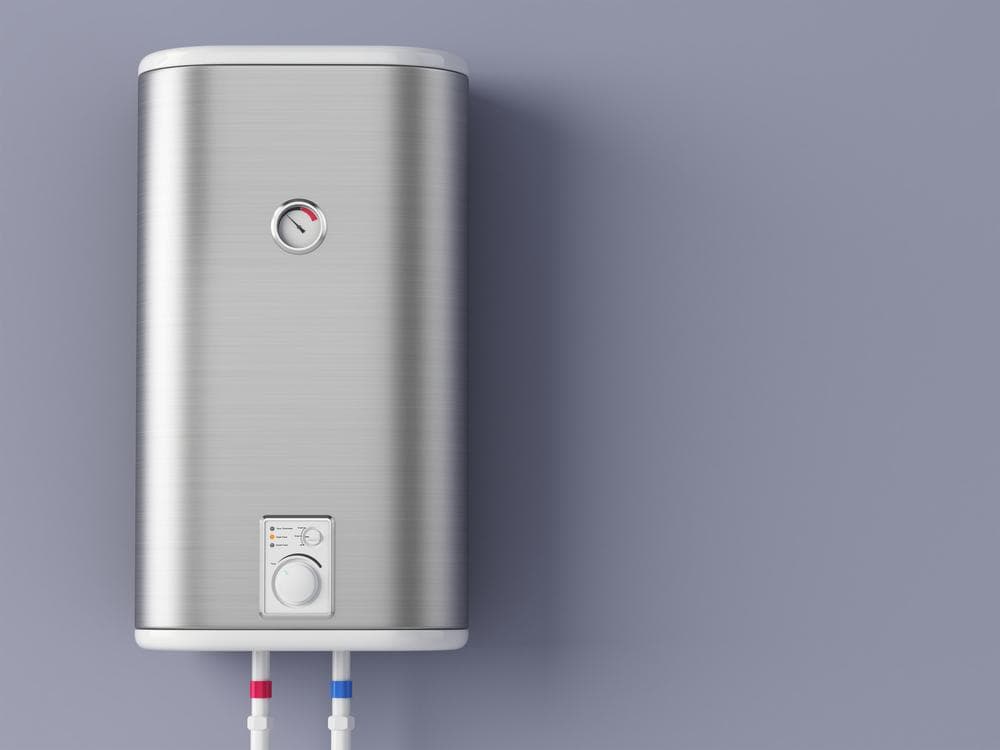
Depressurizing your hot water heater is an essential step in conducting routine maintenance, troubleshooting issues, and ensuring the longevity of your unit. This process, if done correctly and safely, can prevent potential hazards such as leaks, bursts, and even explosions. In this comprehensive guide, we will walk you through the steps on how to depressurize a hot water heater, signs indicating the need for depressurization, the importance of depressurization, and ways to troubleshoot common issues.
To depressurize a hot water heater, first, turn off the power supply. Then, close the cold water supply valve and attach a garden hose to the water heater drain valve. Open the drain valve and the pressure relief valve to depressurize the system. Let the water drain out and then flush out sediment by reopening the cold water valve. Close the drain and pressure relief valves, detach your garden hose, and restore power to your water heater.
What is Depressurization and Why is it Important?
Depressurization of a hot water heater involves reducing or removing the pressure inside the tank. This is crucial for ensuring safety during maintenance, repairs, and replacement of critical components, as well as for maintaining the efficiency and longevity of the water heater.
Signs Your Hot Water Heater Needs Depressurizing
There are several signs that your hot water heater may need depressurizing:
- Flooding or water gushing from the pressure relief valve.
- Excessive noise coming from the water heater.
- Debris in the water.
- Ruptured tank or leaks.
- An increase in water temperature beyond normal levels.
If you notice any of these signs, it’s crucial to address the issue immediately to prevent potential hazards.
Steps to Depressurize a Hot Water Heater
Here is a step-by-step guide on how to depressurize your hot water heater:
- Turn off the power supply.
- Close the cold water supply valve.
- Attach a garden hose to the water heater drain valve.
- Open the drain valve.
- Open the pressure relief valve to depressurize the system.
- Let the water drain.
- Flush out sediment by reopening the cold water valve.
- Close the drain and pressure relief valves, then detach your garden hose.
- Restore power to your water heater.
Remember to exercise caution when working with hot water heaters, as the water inside can be scalding hot.
Troubleshooting Common Issues
If you encounter issues during the depressurization process, here are some troubleshooting tips:
- If the water is not draining, check for any blockages in the drain valve or hose.
- If the connections are leaking, tighten them and replace the gasket if necessary.
- If the T&P valve is leaking, ensure that the tank is depressurized and replace the valve if faulty.
- If there’s excessive pressure, check the thermostat settings and inspect the thermal expansion tank.
Safety Precautions
When depressurizing a hot water heater, it’s essential to take safety precautions. Always turn off the power at the circuit breaker and allow the water heater to cool down before attempting any maintenance work. If unsure, always consult a professional plumber for assistance.
Conclusion
Depressurizing a hot water heater is an important maintenance task that ensures the safety and efficiency of your unit. While it may seem like a daunting task, understanding the process and taking the necessary precautions can make it manageable. Remember, if you’re ever unsure or uncomfortable, it’s always best to call a professional to handle the job.
Frequently Asked Questions
How often should I depressurize my hot water heater?
The frequency of depressurization depends on your water heater’s usage and the quality of your water. However, a good rule of thumb is to depressurize and flush your water heater at least once a year as part of regular maintenance.
What does the pressure relief valve do in a water heater?
The pressure relief valve, also known as the T&P valve, serves as a safety device. It releases water when the pressure or temperature inside the tank exceeds safe levels, preventing potential hazards like explosions.
What can cause excessive pressure in my hot water heater?
Excessive pressure in a hot water heater can be caused by several factors, including a faulty pressure relief valve, high water pressure from the supply line, a malfunctioning thermostat causing the water to overheat, or a blocked vent.
Can I depressurize a hot water heater myself, or do I need a professional?
Yes, you can depressurize a hot water heater yourself by following the steps outlined in the blog. However, if you’re not comfortable doing so, or if you encounter any issues, it’s best to call a professional plumber.
Can I still use my hot water while the water heater is depressurized?
No, it’s not advisable to use hot water during the depressurization process. The water heater should be turned off and allowed to cool down before starting the process. After the process is complete and the water heater is turned back on, it will take some time for the water to heat up again.

